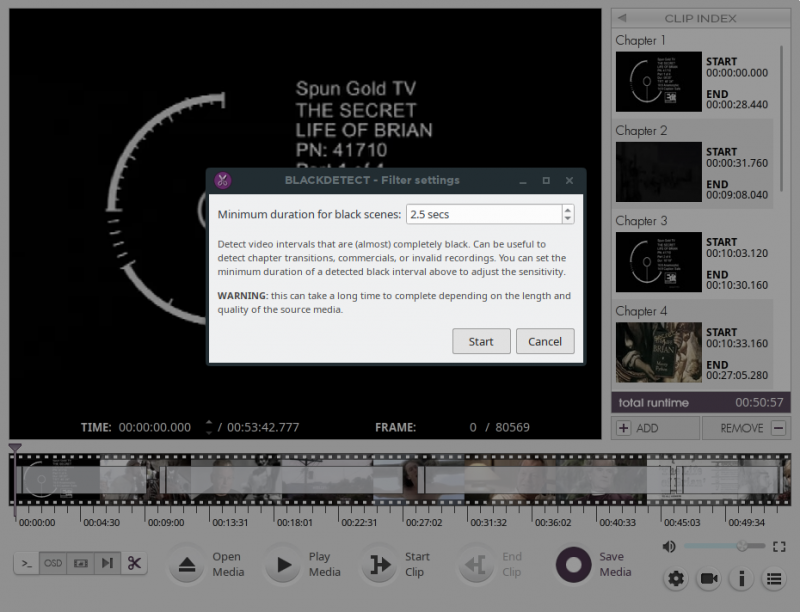


As of FFmpeg 2.1, the main advantage is that when applying filters to the output stream, the timestamps aren't reset prior to filtering (i.e.

This will be done very slowly, frame by frame. Here, the input will be decoded (and discarded) until it reaches the position given by -ss. This example will also produce one image frame (out2.jpg) precisely at the twenty-third minute from the beginning of the movie. The -ss parameter needs to be specified after -i:įfmpeg -i -ss 00:23:00 -frames:v 1 out2.jpg Previous behavior (seeking only to the nearest preceding keyframe, even if not precisely accurate) can be restored with the -noaccurate_seek option. not just stream copying), -ss is now also "frame-accurate" even when used as an input option. As of FFmpeg 2.1, when transcoding with ffmpeg (i.e. The input will be parsed using keyframes, which is very fast. This example will produce one image frame (out1.jpg) at the twenty-third minute from the beginning of the movie. The -ss parameter needs to be specified somewhere before -i:įfmpeg -ss 00:23:00 -i -frames:v 1 out1.jpg The parameter -ss is used to seek within the input and it can be used in several ways. If you need to extract only a specific part of your input, you'll need to use the seeking option to get to that specific part in the input first.


 0 kommentar(er)
0 kommentar(er)
